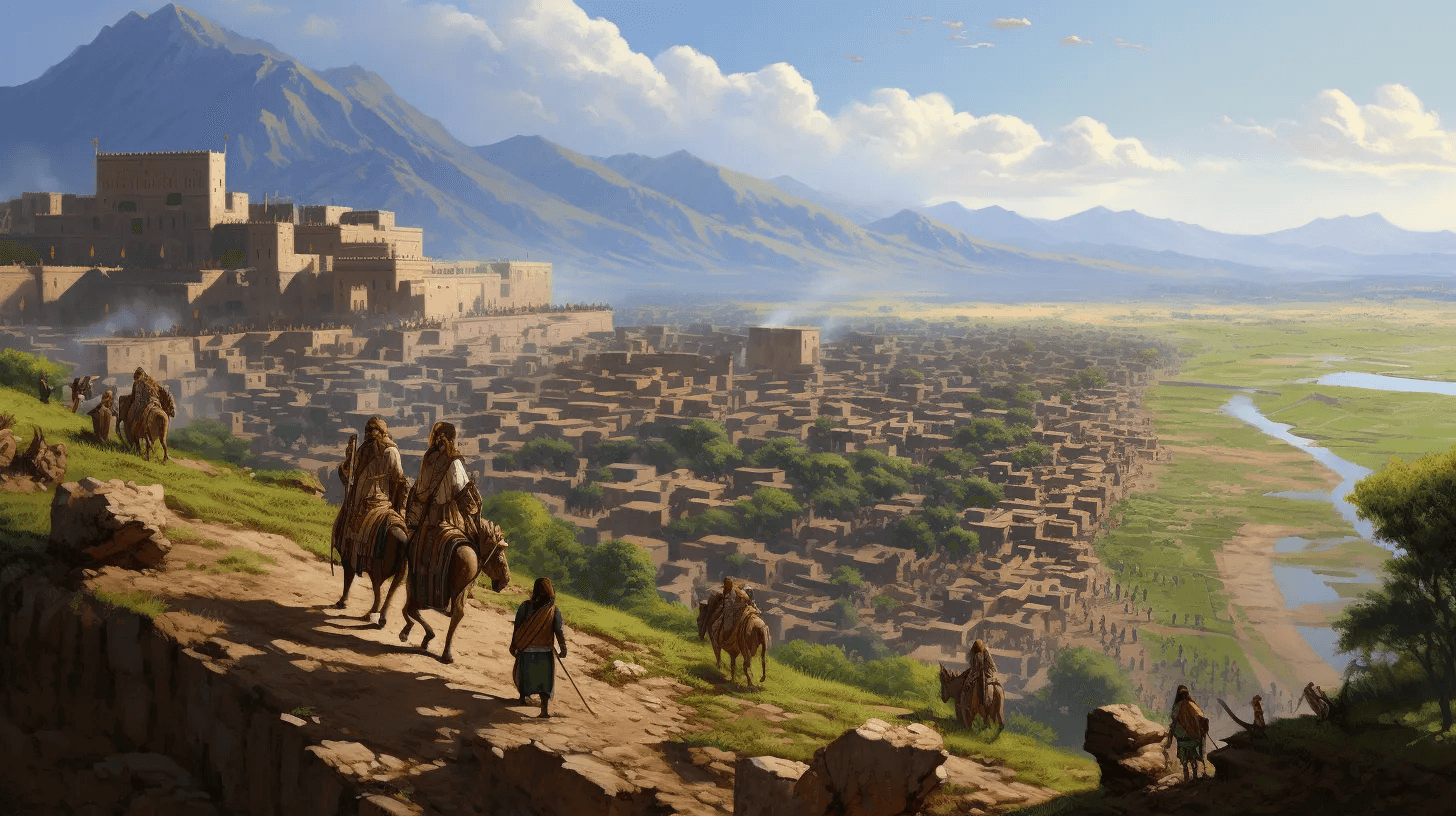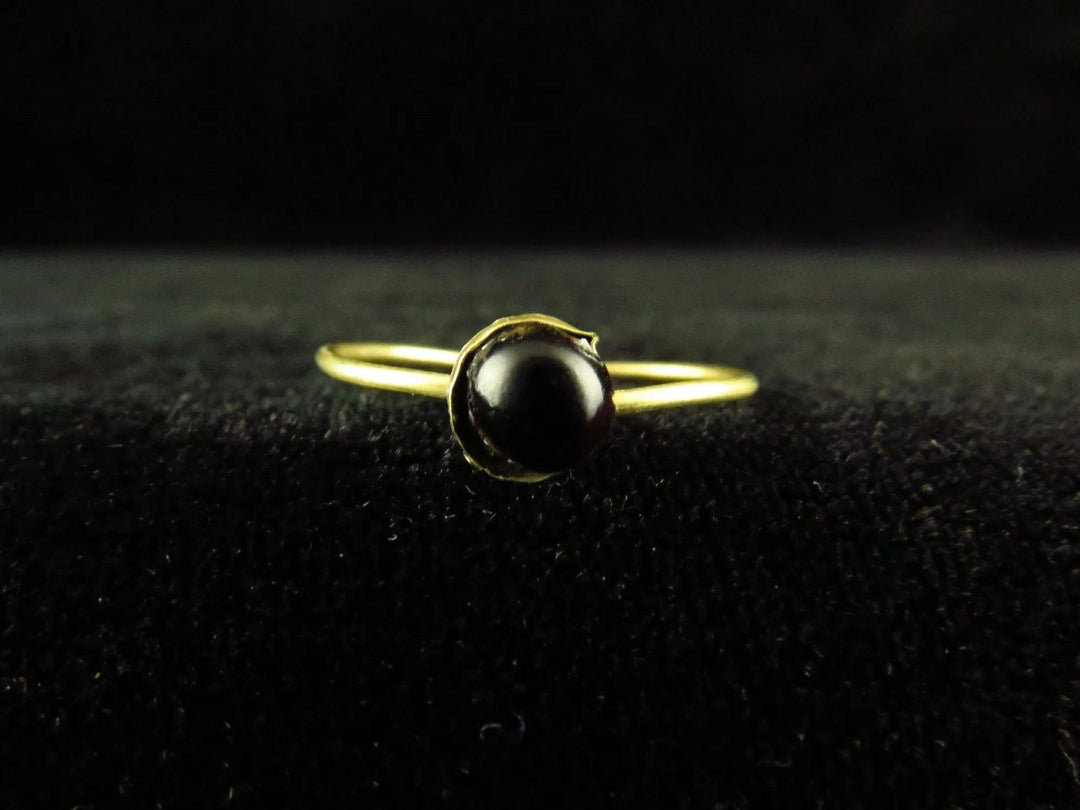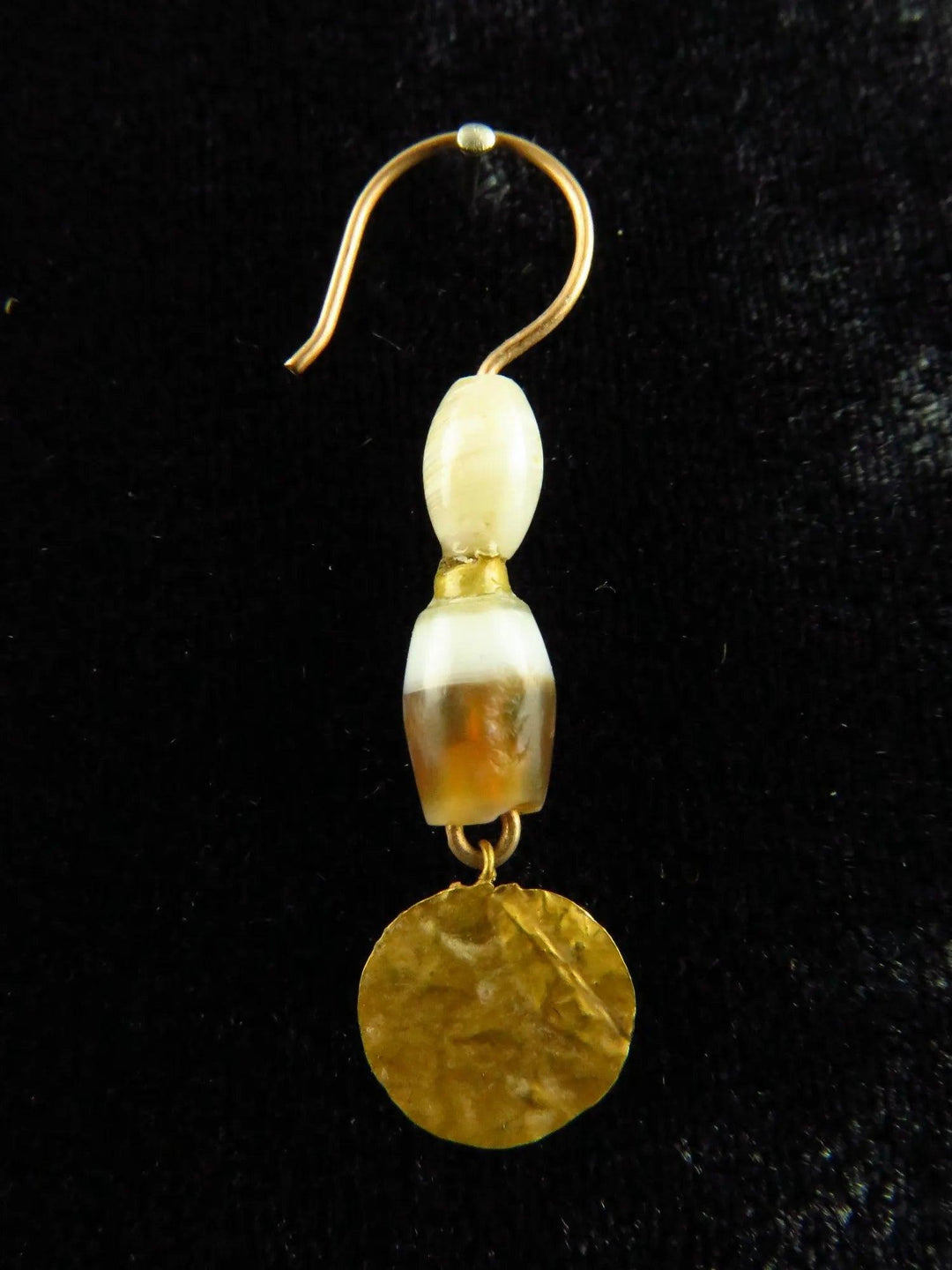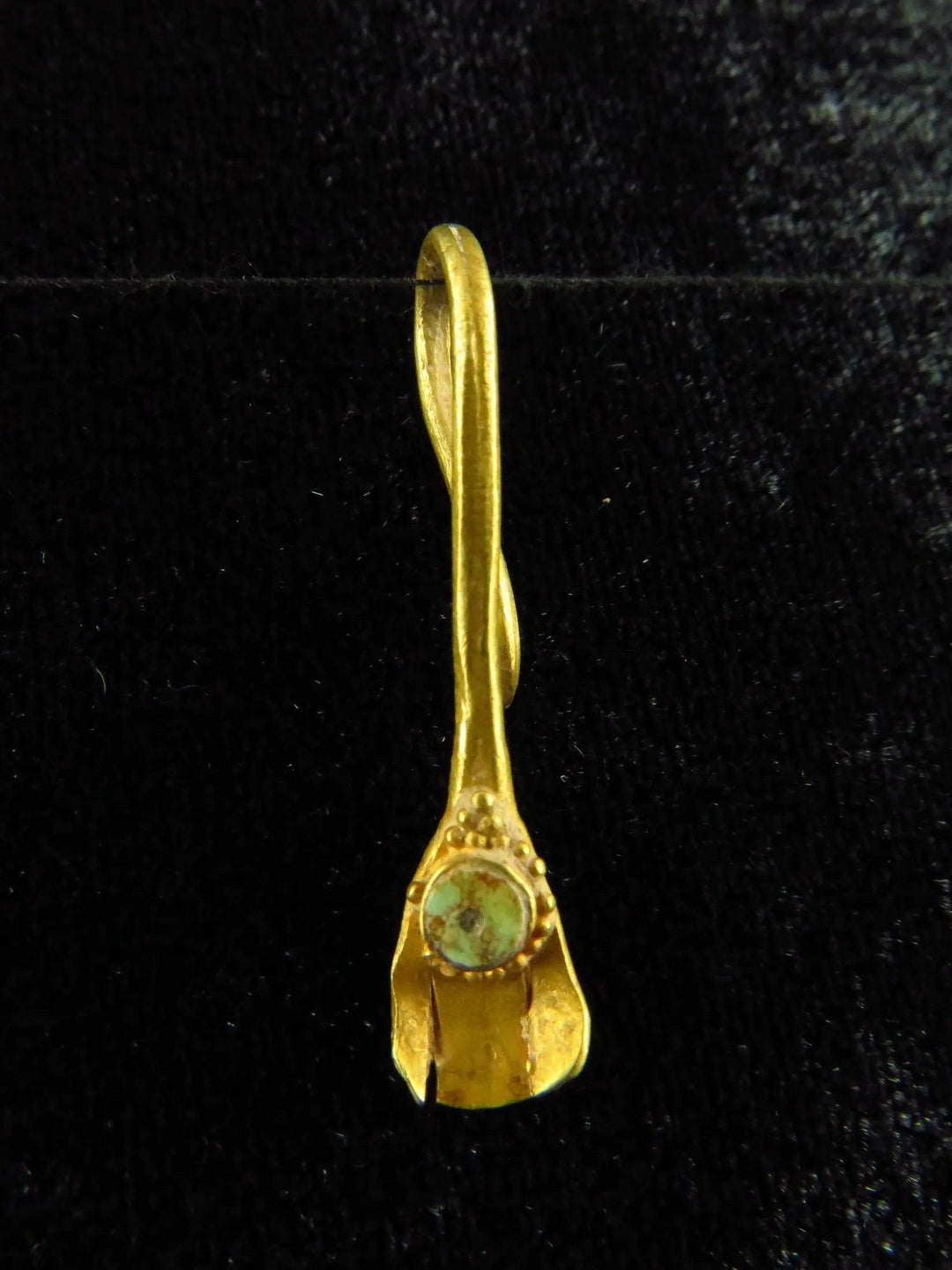
Kushan Empire: Relics from the Golden Age of the Silk Road (30CE - 350CE)
Journey through the splendors of the Kushan Empire with our authentic artifact collection. Delve into the legacy of a dynasty that bridged East and West, fostering trade, art, and religious syncretism.
The Kushan Empire - a beacon of cosmopolitanism and cultural fusion, stretching from Central Asia to Northern India. As guardians of the Silk Road, the Kushans played a pivotal role in facilitating trade, cultural exchange, and the spread of religious ideas.
Key Contributions:
- Trade and Commerce: The Kushan Empire was a major hub on the Silk Road, connecting the Mediterranean, Persia, India, and China, fostering a vibrant exchange of goods and ideas.
- Art and Sculpture: Kushan art is a testament to the empire's cosmopolitan nature, blending Greco-Roman, Persian, and Indian elements. The Gandhara school of art, with its Hellenistic influences, flourished under Kushan patronage.
- Religious Syncretism: The Kushans were patrons of various religions, including Buddhism, Zoroastrianism, and early Hinduism. They played a significant role in the spread of Buddhism to Central Asia and China.
- Coinage: Kushan coins, often bearing the images of rulers and deities from various pantheons, are invaluable historical records and showcase the empire's diverse cultural influences.
Regions: The Kushan Empire, at its zenith, spanned vast territories, encompassing key regions:
- Bactria: The northernmost part of the empire, with cities like Balkh.
- Gandhara: Covering modern-day Pakistan and eastern Afghanistan, it was a major cultural and religious center.
- Mathura: An influential city in northern India, known for its distinct art style and religious significance.
- Ganges Plains: The fertile heartland of northern India, where the Kushans consolidated their rule.
Valued Materials: The Kushans, with their rich cultural heritage and vast territories, prized various materials:
- Gold and Silver: Extensively used in coinage, jewelry, and decorative items.
- Red Sandstone: Popular in the Mathura region for sculptures and architectural elements.
- Schist and Stucco: Commonly used in Gandharan art for sculptures and architectural decorations.
- Terracotta: Employed for pottery, figurines, and tiles.
Relevant Time Periods: The history of the Kushan Empire is marked by phases of expansion, consolidation, and cultural efflorescence:
- Early Kushan Period (c. 30–100 AD): Establishment and initial expansion of the empire under rulers like Kujula Kadphises.
- Golden Age (c. 100–230 AD): The reigns of Kanishka I, Huvishka, and Vasudeva I, marked by territorial expansion, religious patronage, and artistic achievements.
- Late Kushan Period (c. 230–350 AD): Gradual decline and fragmentation of the empire, facing invasions and internal challenges.
Dive into our curated collection of Kushan artifacts, each echoing tales of emperors, traders, and artisans. From Gandharan Buddha statues to ornate gold coins, immerse yourself in the legacy of an empire that once bridged continents.







